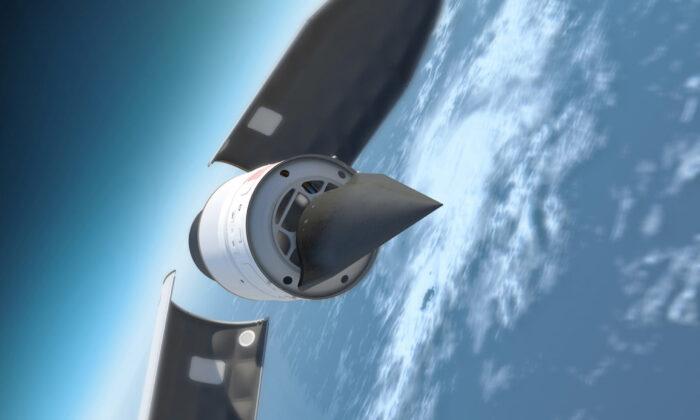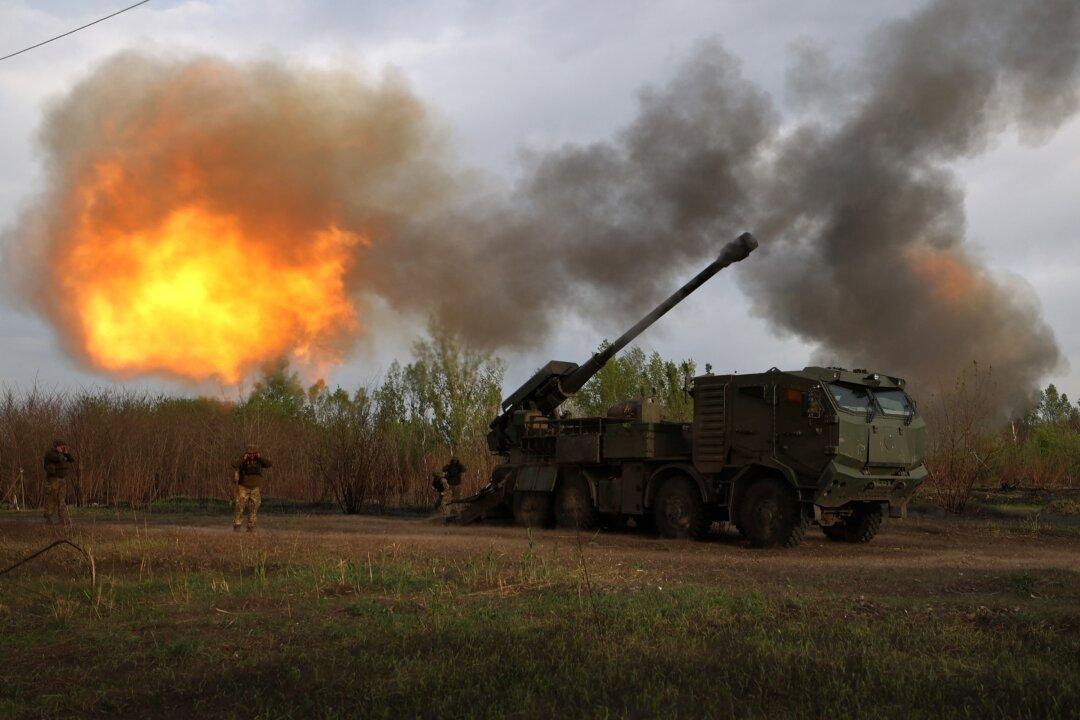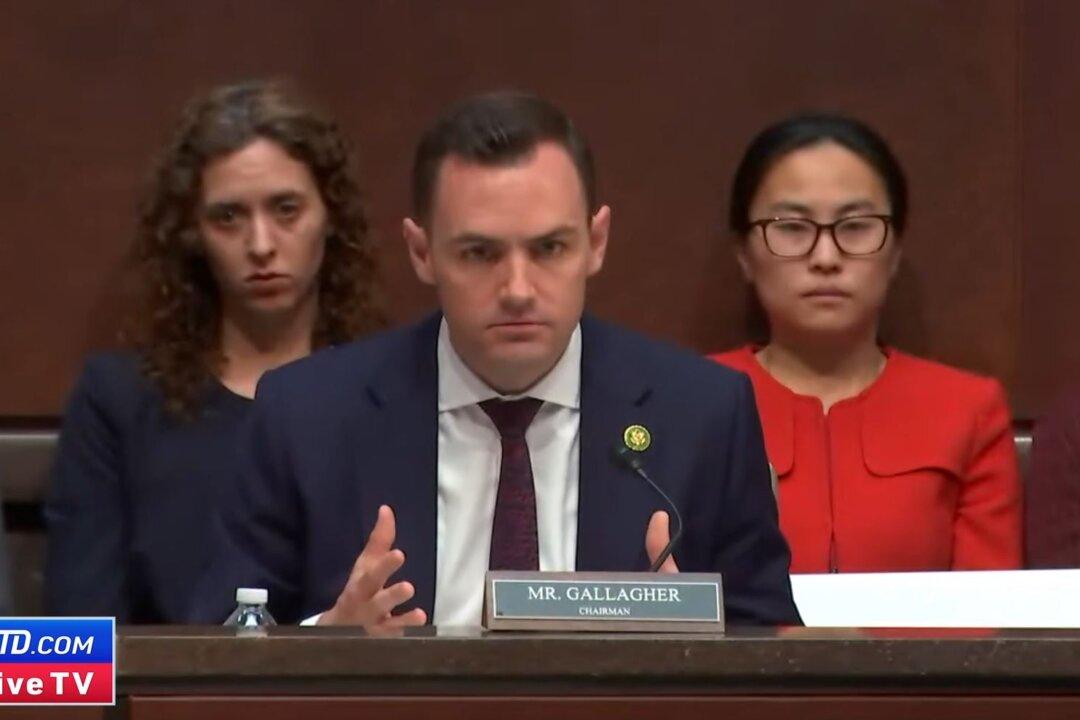“I would say that everything we’re doing in terms of the interceptors, the strike weapons, isn’t going to make a difference unless we have sufficient quantities,” said Gillian Bussey, director of the Joint Hypersonics Transition Office at the Department of Defense.
“So having a dozen hypersonic missiles, regardless of whether they’re really hypersonic isn’t going to scare anyone.”
Hypersonic weapons, unlike conventional missiles, are maneuverable, and thus can evade traditional U.S. weapons detection systems.
CCP Seized Hypersonic Initiative
China’s ruling regime, the Chinese Communist Party (CCP), is developing and deploying hypersonic technologies faster and at a greater scale than any other nation, a point that Bussey emphasized as she discussed the need to increase U.S. hypersonic capabilities.“They have glide vehicles with scramjets. They have glide vehicles with liquid rocket, solid rocket, propulsion. There’s a whole host of propulsion systems that they’re working on.”
Air Force Secretary Frank Kendall said in February that the United States has different strategic needs than China that don’t require mass use of hypersonics.
“China has a set of targets, and I can easily understand why they would want to field hypersonic weapons in reasonable quantities,” Kendall said.
“We don’t have the same target set that they’re worried about.”
Because of that target set, however, the CCP has devoted labor and funds to the effort of developing hypersonic weapons capable of overcoming U.S. defenses. Importantly, the CCP is investing in a whole-of-society approach, developing not only technologies but the talent to sustain and evolve them.
The CCP thus holds a unique advantage in that the United States hasn’t yet developed an adequate means of defending against a hypersonic-heavy force, according to the report.
Indeed, the CCP’s new hypersonic capabilities, such as were tested in July 2021, combine advantages in speed, maneuverability, and altitude that could previously only be achieved with separate in- and out-of-atmosphere weapons systems.
“While traditional defenses can handle these challenges individually, their combination will require new capabilities, operational concepts, and defense design,” the report stated.
The report stated that hypersonics are “the harbinger of a new age of missile warfare,” owing to the wide-ranging changes to policy and strategy they will bring about.
“The Chinese appear to be approaching hypersonics as a domain, like land and sea, that they can exploit and see the significance of this altitude regime by often using the terms ‘near-space’ and ‘hypersonics’ interchangeably,” Bussey said.
Changing the Nature of Missile Defense
Preference for offensive capabilities was forewarned in October 2021 by U.S. nonproliferation ambassador Robert Wood, who said there was no defense against such weapons.“We just don’t know how we can defend against that technology,” Wood said. “Neither does China, neither does Russia.”
The CSIS report offered an alternative future, albeit one that would require a higher investment.
“Hypersonic missile defense is possible,” the report stated. “Realizing it, however, requires rethinking existing defense designs and a willingness to approach the problem differently.”
Those changes, the report stated, would include rethinking the whole dynamic of missile defense strategy and approaching hypersonics as a domain, or attribute of technologies, rather than a singular technology in itself.
As such, the report called on defense leaders to treat the issue as a form of “complex air defense,” rather than attempt to tether policy to the existing structure of ballistic missile defense.
“The scale and urgency required here touches virtually every aspect of missile defense: sensors, interceptors, defense design, doctrine, and policy.”
The report stated that space-based tracking systems and countermeasures would be imperative.
“The single most important program element for hypersonic defense is a resilient and persistent space sensor layer capable of observing, classifying, and tracking missile threats of all types, azimuths, and trajectories.”
The report also called for the prioritization of strategic needs, as well as a review of defensive countermeasures, to deal with the reality that the United States simply can’t defend everywhere at once from the hypersonic threat.
“The United States does not compete with unlimited resources. It is not possible to actively defend every critical asset or even broad areas that hypersonic missiles might target.”
The report offered a number of ideas for layering hypersonic defenses, including increased use of microwave weapons and warheads that would create vast clouds of atmospheric dust particles to prematurely detonate incoming missiles.
Regardless of which path the United States takes on the road to hypersonic defense, the report was clear that hypersonics are here to stay and their implementation will change the battlefield in profound ways.
“How the hypersonic defense mission is pursued will shape the future of the missile defense enterprise.”






Friends Read Free